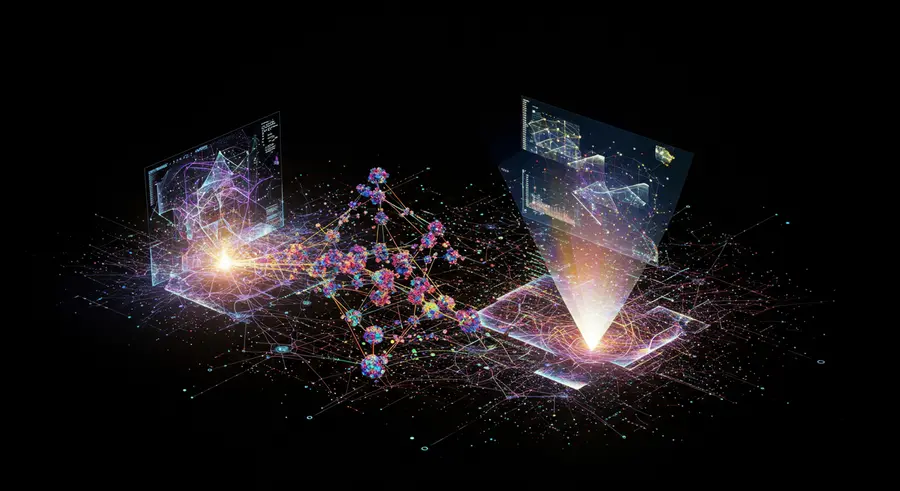Quantum Spatial Computing: A Leap into the Next Dimension
Unveiling the revolutionary potential where quantum principles meet immersive digital realities.

The Quantum Revolution Meets Spatial Realities
Spatial computing, with its ability to blend digital information with our physical world, has already begun to reshape human-computer interaction. But what happens when we infuse this paradigm with the mind-bending principles of quantum mechanics? Enter Quantum Spatial Computing – a frontier that promises to unlock unprecedented capabilities in immersive experiences, data processing, and the very nature of digital reality.
At its core, quantum spatial computing explores how quantum phenomena like superposition and entanglement can enhance or fundamentally alter spatial applications. Imagine holographic projections so complex and detailed that they are indistinguishable from real objects, or virtual environments that react with an intelligence and subtlety far beyond current computational limits. This convergence could transform fields from medical imaging and scientific visualization to entertainment and industrial design.
Beyond Classical Limits: The Quantum Advantage
Traditional computers process information using bits, which are either 0 or 1. Quantum computers, however, use qubits, which can be 0, 1, or both simultaneously (superposition). When multiple qubits are entangled, their fates become intertwined, even when separated by vast distances. These properties offer immense computational power, allowing for parallel processing of complex calculations that are currently impossible for even the most powerful supercomputers.
How does this translate to spatial computing? Consider the rendering of incredibly detailed and dynamic virtual worlds. Quantum algorithms could process vast datasets of environmental information, object properties, and user interactions with unparalleled speed. This could lead to:
- Hyper-realistic Simulations: Environments that not only look real but behave with genuine physical accuracy, from fluid dynamics to material responses.
- Intelligent and Adaptive AR/VR: Systems that understand context, predict user intentions, and adapt experiences in real-time, offering truly personalized immersion.
- Complex Data Visualization: The ability to visualize and interact with multi-dimensional scientific data or financial models within a spatial environment, providing deeper insights. Just as AI-driven platforms are enhancing financial analysis, quantum spatial computing could revolutionize how we perceive and manipulate abstract information.
Challenges and the Road Ahead
While the potential is immense, quantum spatial computing is still in its nascent stages. Significant challenges remain in building stable and scalable quantum hardware, developing robust quantum algorithms, and bridging the gap between quantum processing and traditional graphics pipelines. The need for advanced error correction and environmental control for qubits also presents considerable hurdles.
However, the rapid advancements in both quantum computing and spatial technologies suggest that this convergence is not a distant dream but a challenging yet achievable goal. Research is underway globally to explore quantum machine learning for spatial data, quantum sensors for enhanced environmental mapping, and quantum communication for secure and high-bandwidth spatial interactions.
The Future is Entangled and Immersive
The synergy between quantum computing and spatial computing holds the promise of a future where our digital and physical realities are more seamlessly integrated than ever before. It's a future where immersive experiences are not just simulations but deeply interactive, intelligent, and responsive extensions of our world, driven by the fundamental laws of the universe. As we continue to explore these intertwined fields, we are truly stepping into the next dimension of human experience.
For more insights into the foundational technologies that underpin these innovations, don't miss our articles on AI in Spatial Computing and 5G & Edge Computing, both crucial for today's advanced spatial applications.